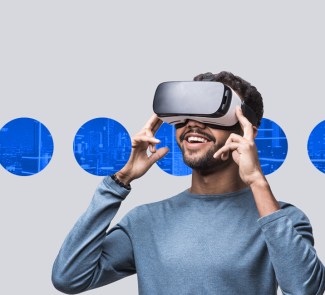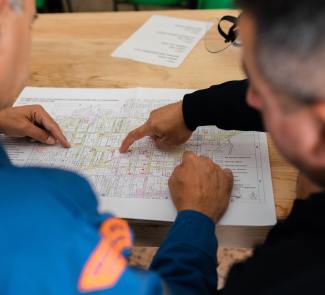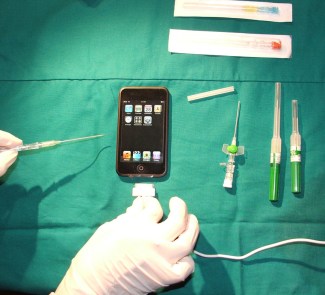Mobiles are not just computing power and display resolution in your pocket; more and more, their hardware is turning them into sensory smartphones.
Today’s smartphones are equipped with a variety of sensors to complement the basic hardware that used to make up computers. There are lots of uses for these sensors, some superfluous and some essential for the functioning of the devices. So far, both manufacturers and developers and the other players involved have just scratched the surface of what can be done with them. Apple, the spearhead in mobile innovation, has placed so much importance on this aspect that it has devoted one of the co-processors in its latest iPhone to manage all of the data generated by the sensors.
And if there was any doubt as to the importance of sensors in mobiles – such as GPS, gyroscope, proximity sensor and accelerometers – Apple blazed the trail when it revealed the characteristics of the iPhone 5s. The A7 central processing unit is accompanied by another co-processor, the M7, which compiles data from the sensors. Apple has placed special emphasis on this component, in the expectation of a large influx of information, or perhaps thinking that this information will be very important, regardless of the quantity.
The benefits of the M7 include improved battery life thanks to smart power consumption, but its main function appears to be related to the use of health and exercise-related applications, due to more efficient data processing. And of course Samsung has also seen the potential in this field.
The Galaxy S4 already includes a thermometer, humidity sensor and barometer, in addition to the normal sensors. These connect to the S Health application, which is also a way to centralise the data collected by the sensors and use it in health-related software. It is not only the cutting-edge terminals that shine in this area; today, just about any mid-range device is equipped with sensors.
But the developments on the horizon could be much more complex and hold much more potential. In the future, sensory smartphones are expected to be able to measure water quality along with certain medical parameters. The shrinking size of hardware also opens the possibility of mobiles that contain radar and sonar. There is even talk of them being able to detect the emotions of users.
Also, modern smartphone cameras allow users to see things that are not visible to the naked eye, which is the basic concept behind augmented reality. Along these lines, a gadget that is capable of scanning food and showing detailed information on the mobile terminal’s display, is already in the works. This type of initiative could potentially be connected to the device’s photographic device.
Image: samsungtomorrow










